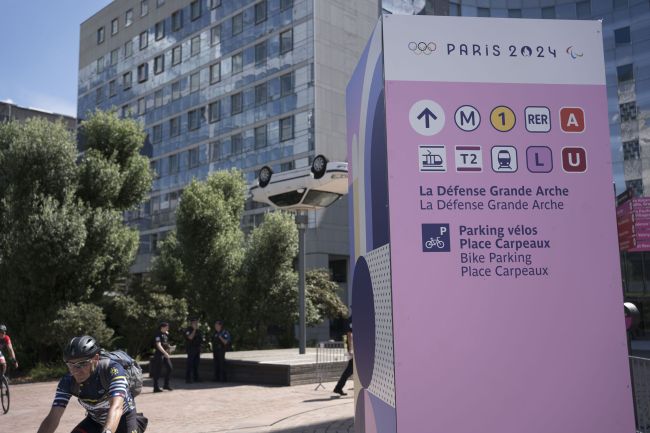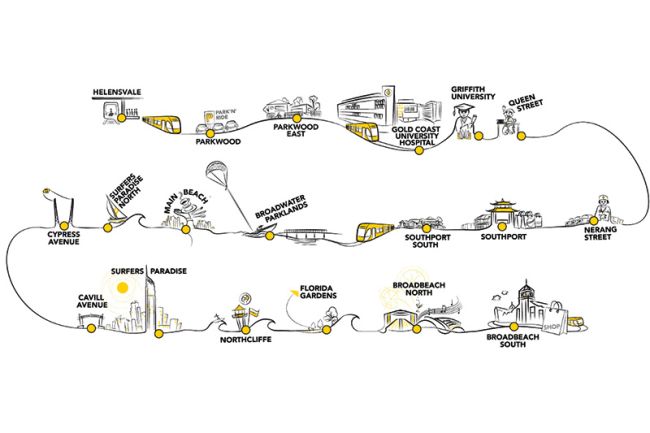Steer Publishes New Report on Adapting Matchday Operations for the Next Phase of Women’s Football
Women’s football is thriving. Our report shows how to seize the opportunity by creating inclusive, future-ready matchdays.

Momentum has been building behind women’s soccer for years, but England’s win at UEFA Women’s EURO 2025 has unleashed a fresh wave of enthusiasm. Stadiums are filling with record-breaking crowds, and the game is attracting a new demographic: a fan base increasingly made up of women and families.
However, before we celebrate, we need to ask a pressing question: have stadiums, transportation, and operations planning kept pace with this new era of the game?
Introducing Playing to the Crowd
Steer’s specialist Sports & Major Events practice has published a landmark report, Playing to the Crowd: Adapting Matchday Operations for the Next Phase of Women’s Football, offering a strategic framework to create a more inclusive, accessible, and future-ready matchday experience.
Without operational adaptation, the growth of women’s soccer risks stalling. Fans could face avoidable barriers, from limited transportation options to inadequate facilities and unclear communication. Those barriers don’t just affect attendance; they can also undermine revenue, reputation, and long-term fan loyalty. By adapting operations now, the women’s game can continue to thrive on and off the field.
Drawing on primary and secondary data analysis, in-depth stakeholder interviews, and our extensive hands-on experience working with clubs, venues, transit agencies, and government authorities, this report provides practical solutions to the challenges facing women’s football.
What’s Inside?
In the report, you’ll find key insights, reflections and case studies on:
- Fan Demographics: The crowd at a women’s match isn’t just growing, it is distinct from the men’s game. More families, more women, more first-time attendees. We explore who they are, where they’re coming from, when they arrive, and what they need for a great matchday.
- Transportation: The journey to and from a game matters. With a focus on the opportunities for rail, we look at how to make travel safer, more affordable, and more convenient for a fanbase often traveling from further afield, often with children in tow.
- Spectator Communications: First-time attendees don't have the same matchday routine as seasoned supporters. We show how clear, targeted messaging can remove uncertainty, build confidence, and keep people coming back.
- Stadium Design: Today’s audience deserves spaces that work for them. That means rethinking seat layouts, toilet provision and family amenities to match the physical and behavioral needs of this new demographic.
Download the full report (PDF)
Speak to us
The demographic shift accompanying the growth of women’s sports requires clubs, venue operators, event organizers, local authorities, transportation operators and other key stakeholders to adapt existing operations to meet the new face of matchday.
For more information or to speak to an expert about adapting your matchday operations for a changing spectator demographic, contact us.
For media inquiries, contact our in-house journalist Tim Gallagher at [email protected].










